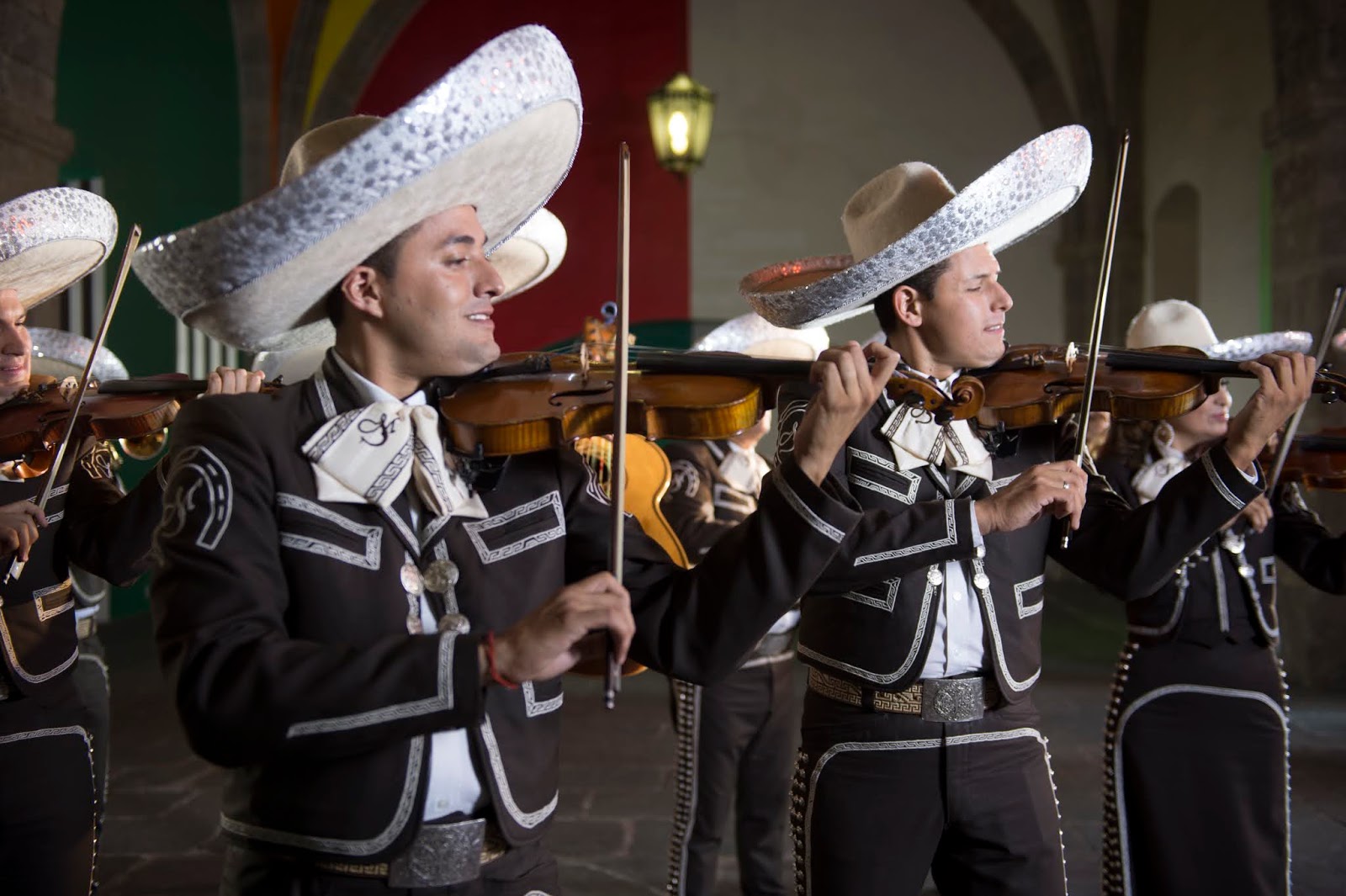Decoding the Charro & Mariachi: Are They One and the Same?
Is a mariachi musician the same as a charro? This is a question often pondered, a misconception whispered in tourist markets and echoed across online forums. The phrase “el mariachi es lo mismo que charro mexicano” translates literally to “mariachi is the same as Mexican charro,” but the reality is far more nuanced. Let’s embark on a journey to unravel the intricate threads that connect these two iconic symbols of Mexican culture.
Imagine a vibrant fiesta, the air thick with the scent of carnitas and the rhythmic strumming of guitars. You see men clad in elaborately embroidered suits, their voices soaring in a passionate serenade. Are they mariachis? Perhaps. Now picture a skilled horseman, resplendent in a traje de charro, showcasing his mastery of the lazo. Is he a mariachi? Not necessarily. While these two figures share a deep connection to Mexican identity, they are distinct expressions of cultural heritage.
The charro, a quintessential figure of Mexican horsemanship and tradition, emerged in the 17th century. Hailing from the haciendas of central Mexico, charros were skilled horsemen, vital to the running of these vast estates. Their attire, the traje de charro, evolved into a symbol of national pride, its intricate embroidery and ornate details reflecting a rich history. This attire often incorporates silver buttons, elaborate embroidery, and a wide-brimmed sombrero.
Mariachi music, on the other hand, originated in the state of Jalisco, evolving from folk music traditions. Initially, mariachi ensembles featured instruments like the vihuela, guitarron, and harp. The iconic trumpets were a later addition. The mariachi's attire, while sharing some similarities with the charro suit, is often less ornate and more focused on practicality for performance.
The connection between the two arises from the adoption of the charro suit by mariachi musicians in the early 20th century. This visual association, amplified by their shared presence in Mexican cinema and popular culture, contributed to the blurring of the lines between the two. The charro image projected an air of romantic nationalism, and mariachi musicians, embracing this image, elevated their status and broadened their appeal.
While "el mariachi es lo mismo que charro mexicano" is inaccurate, the charro undeniably influenced mariachi aesthetics. The adoption of the charro suit became a symbol of professionalism and cultural pride for mariachi musicians.
One benefit of understanding this distinction is appreciating the unique contributions of each tradition. The charro represents a deep connection to the land, horsemanship, and rural Mexican life. Mariachi music embodies the soul of Mexico, expressing a range of emotions through its vibrant melodies and passionate lyrics.
Another benefit is a richer appreciation of Mexican cultural nuances. Recognizing the separate identities of the charro and mariachi allows for a deeper understanding of their individual histories and evolving roles in Mexican society.
A third benefit lies in combating cultural stereotypes. By dispelling the notion that "el mariachi es lo mismo que charro mexicano," we move beyond simplistic representations and embrace the complexity and richness of Mexican cultural expression.
Advantages and Disadvantages of Associating Mariachi with Charro
| Advantages | Disadvantages |
|---|---|
| Enhanced visual appeal and romanticism | Oversimplification of distinct cultural traditions |
| Strengthened national identity association | Potential for cultural misrepresentation |
Common misconceptions regarding “el mariachi es lo mismo que charro mexicano” are frequent. Here are some FAQs:
1. Q: Are all mariachi musicians charros? A: No, they are musicians who often wear charro-style attire.
2. Q: Do charros always play mariachi music? A: No, charrería is focused on horsemanship and rodeo-style skills.
3. Q: Is the charro suit the same as the mariachi suit? A: While similar, variations exist in ornamentation and style.
4. Q: Where did the misconception originate? A: Likely from the shared imagery in popular culture and media.
5. Q: Why is it important to distinguish between the two? A: To appreciate the unique contributions of each tradition.
6. Q: Is "el mariachi es lo mismo que charro mexicano" a common phrase in Mexico? A: It’s more common as a misconception than an accepted phrase.
7. Q: How can I learn more about charrería and mariachi music? A: Research online, visit museums, and attend performances.
8. Q: What's the cultural significance of the charro? A: Represents Mexican horsemanship, tradition, and national pride.
One tip for understanding the distinction is to focus on the core activities: mariachi is music, charrería is horsemanship. Another trick is to look for subtle differences in attire, particularly the level of ornamentation.
In conclusion, while the charro and the mariachi are undeniably intertwined in the tapestry of Mexican culture, they are distinct threads, each contributing its own unique beauty and significance. Understanding the difference between them, moving beyond the simplistic notion of “el mariachi es lo mismo que charro mexicano,” allows for a deeper appreciation of the richness and complexity of Mexican heritage. By embracing these nuances, we celebrate the full spectrum of Mexican cultural expression. Explore further, ask questions, and delve into the vibrant traditions that make Mexico so captivating. Let’s continue to celebrate and honor the distinct legacies of the charro and the mariachi, recognizing their individual contributions to the vibrant mosaic of Mexican identity.
Unlocking cuteness a guide to gacha life cutecore outfit inspirations
Unlocking literacy the wild world of alphabet worksheets for 3 year olds
Epic 50th birthday ideas for men













